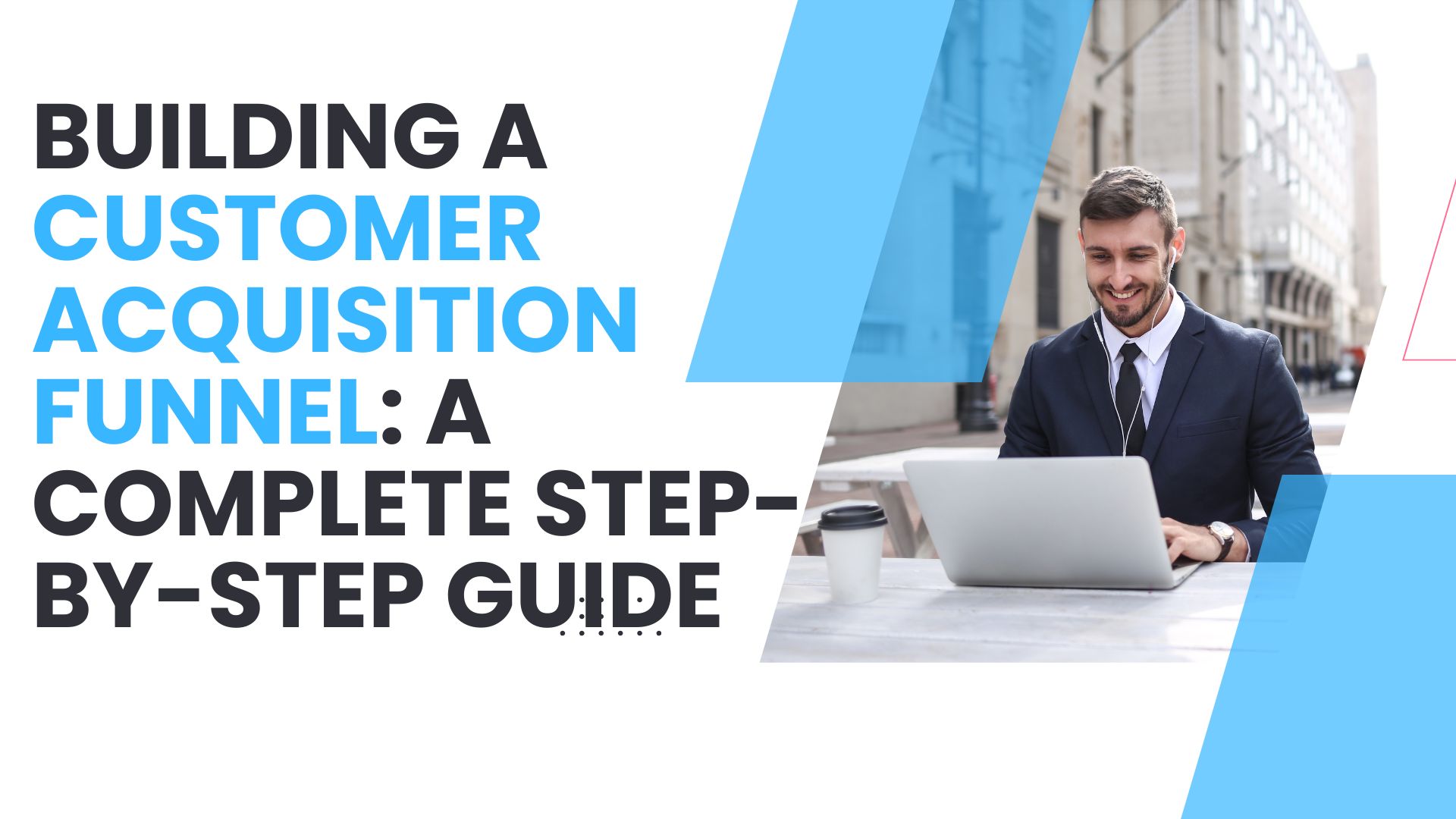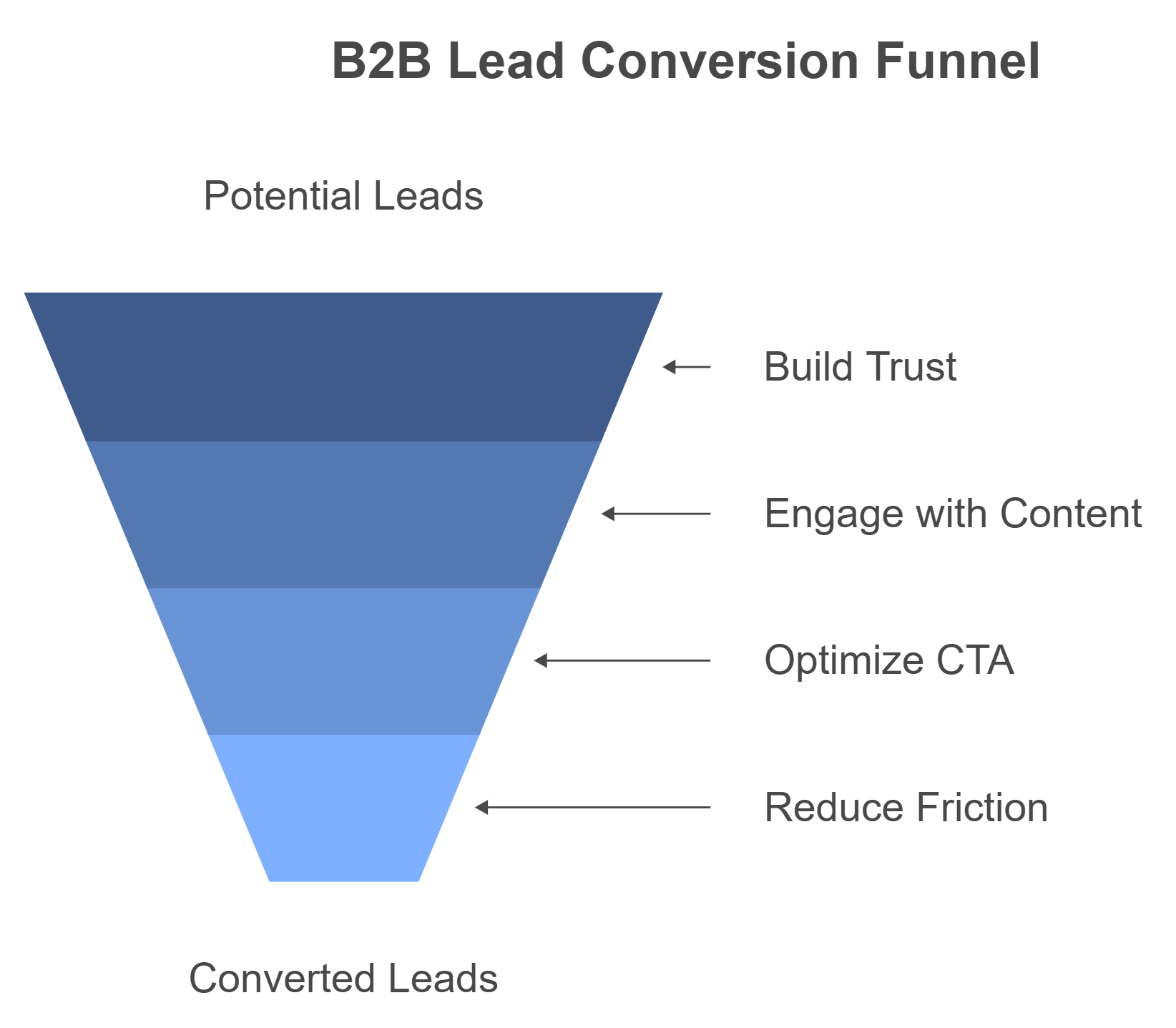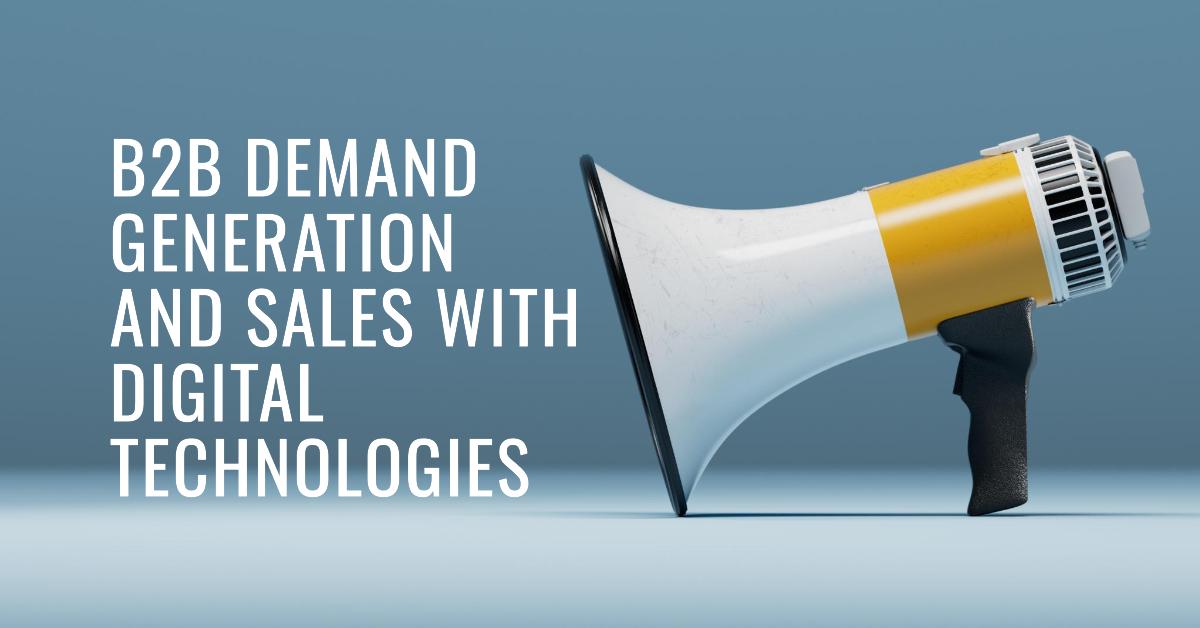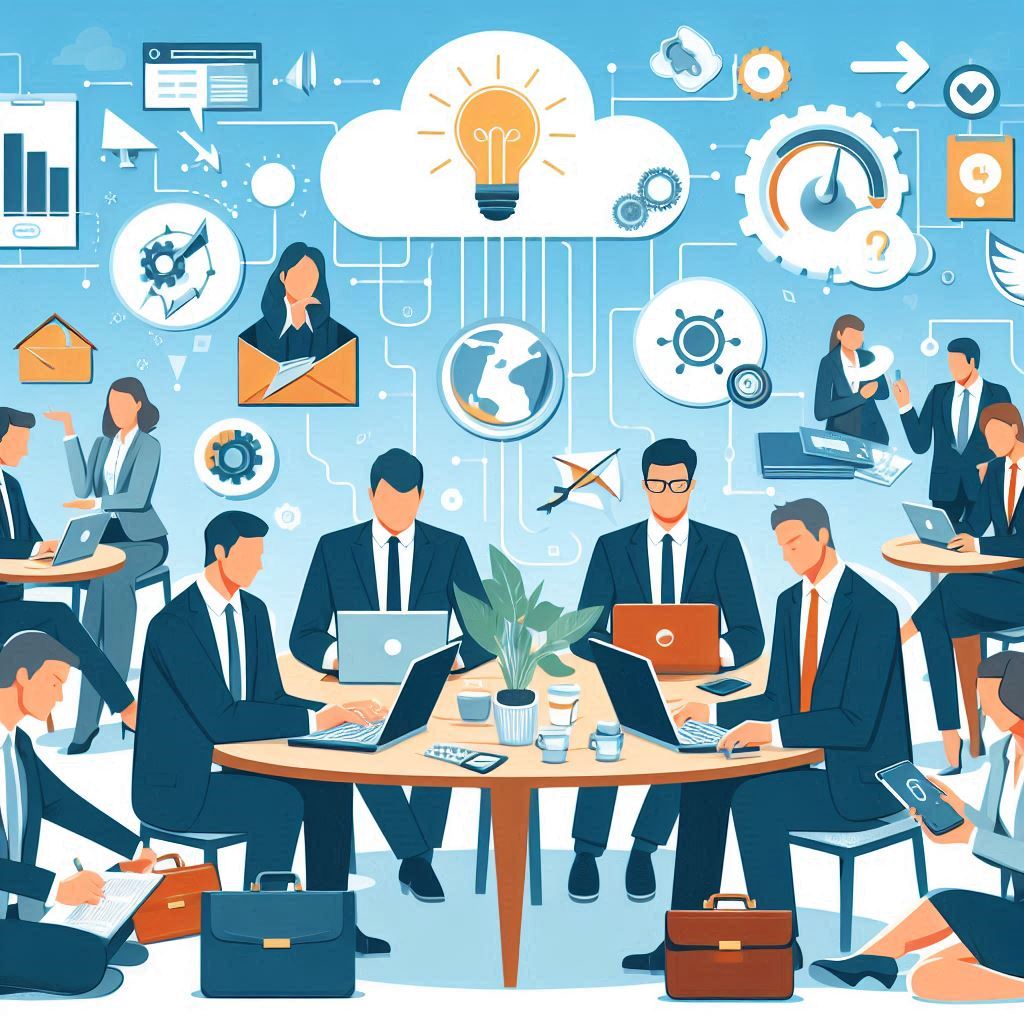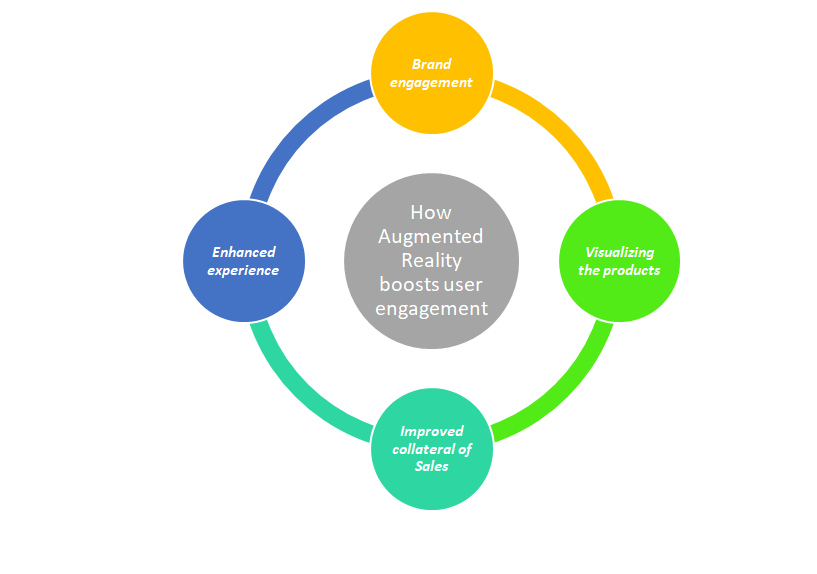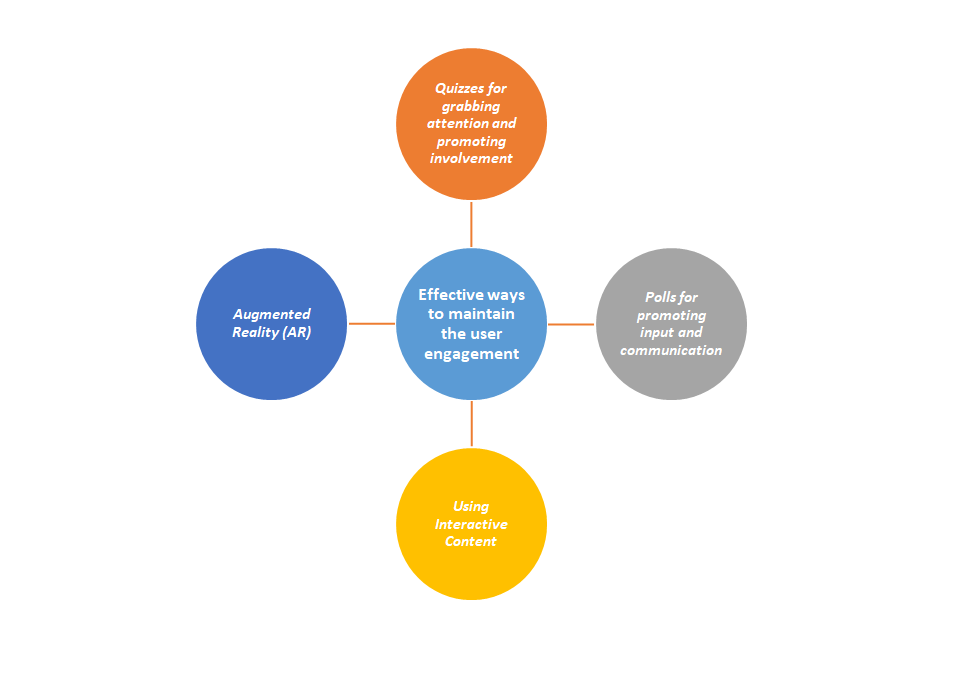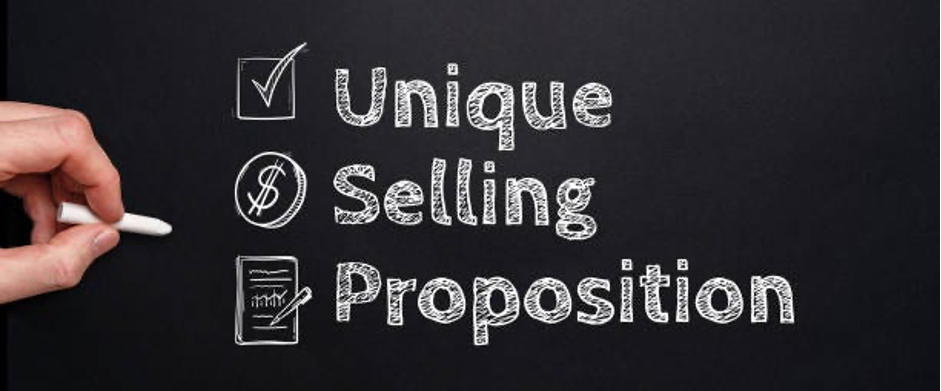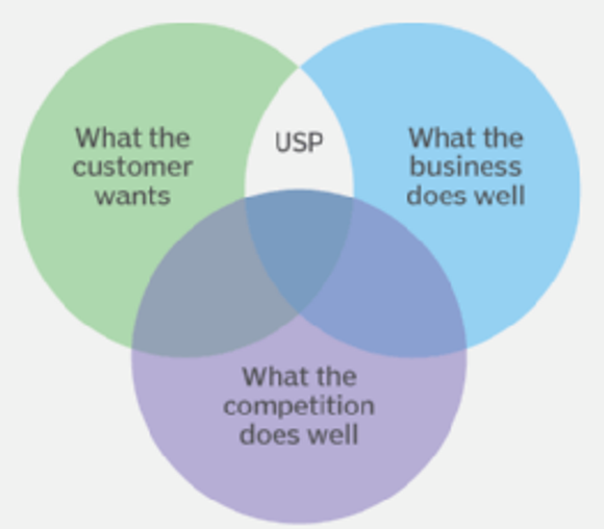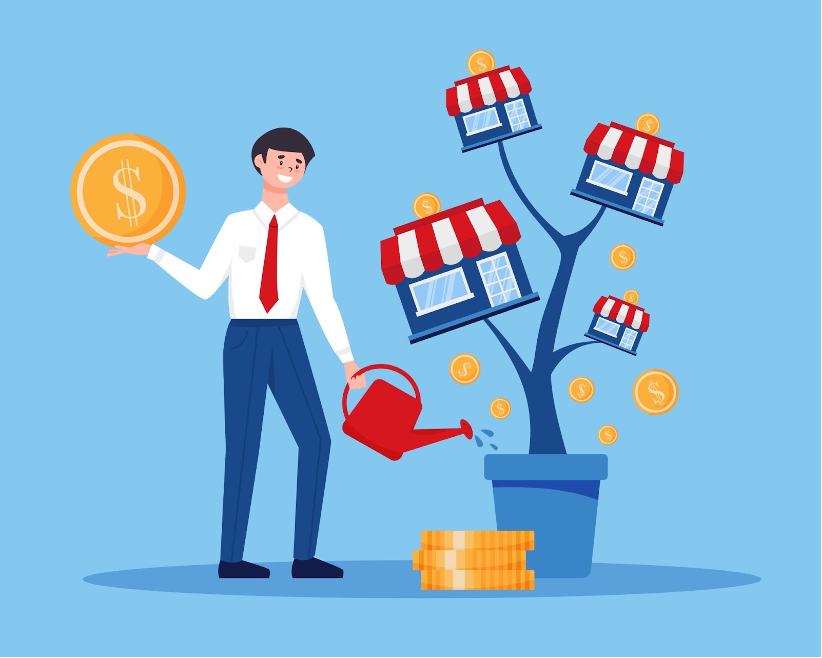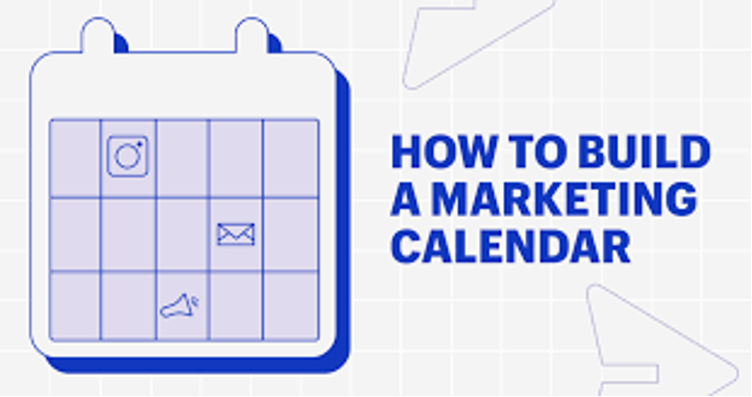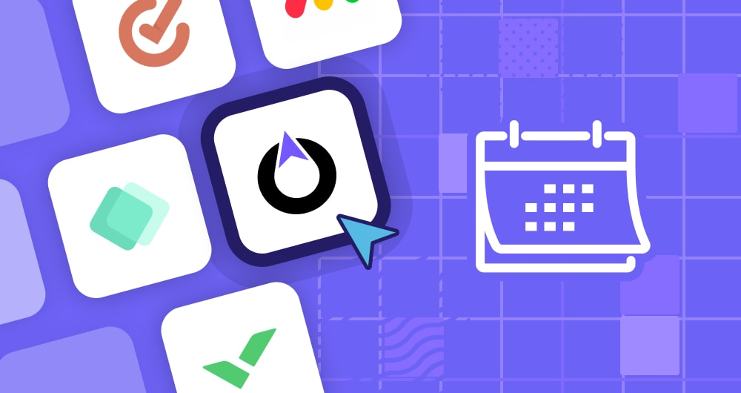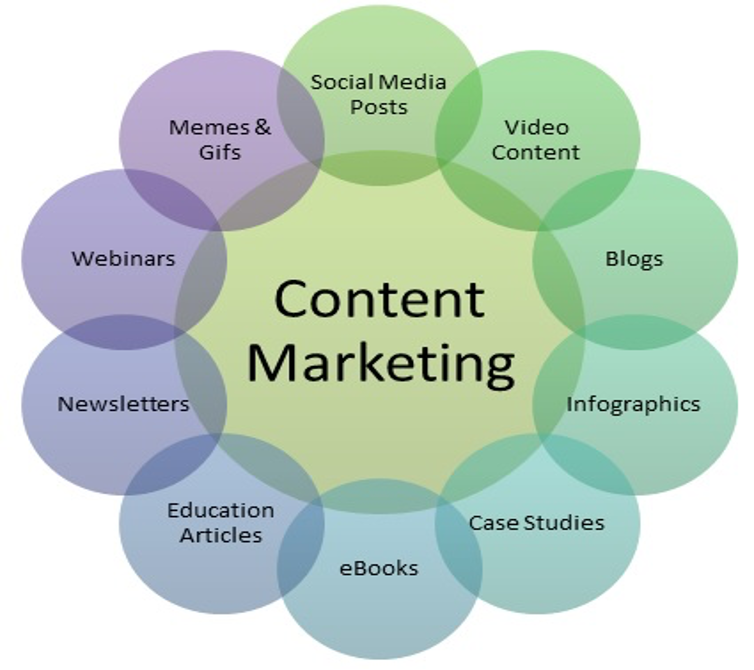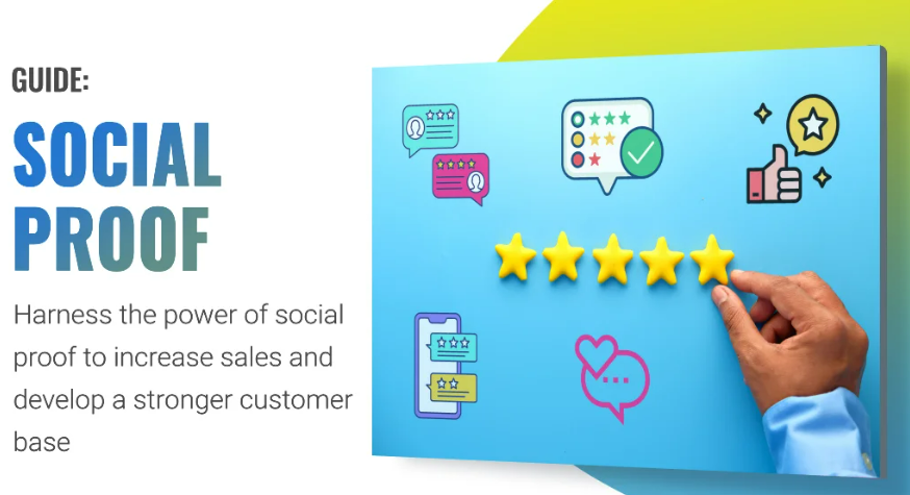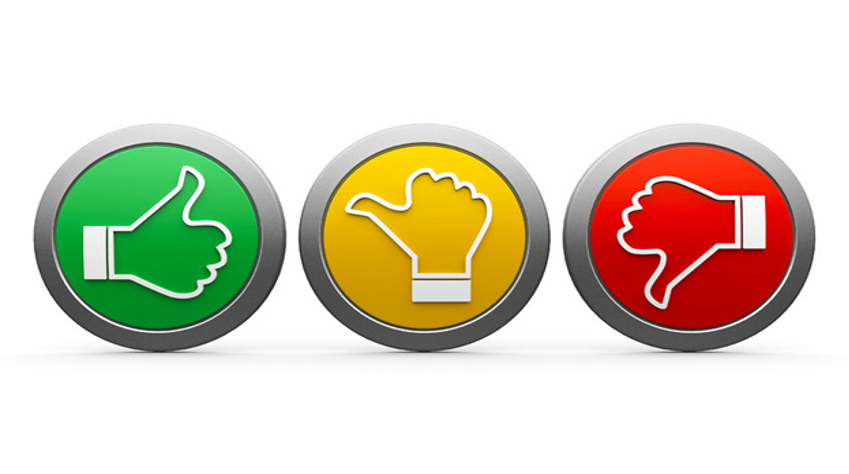Introduction
84% of first sales calls necessitate more than 5 callbacks and 96% necessitate four or more, but a mere 8% of sales representatives bother to go beyond 3 attempts. Surprising, isn’t it? Perhaps you invest a lot of time practicing your Sales Closing Techniques, or even rehearsing your presentation, yet closing the deal is a skills which is the most important one that you should know. seal the deal or closing the deal out is usually a mark point in most sales situations.
It is critical that any sales professional understands the right Sales Closing Techniques to use, to transform indecisive consumers to committed patrons. Whether you will be a beginner in closing the deal or a professional closer, discovering some of the various Sales Closing Techniques and having a sample of effective closing phrases and statements will be the secret you require.
Top 15 Sales Closing Techniques That Work
Here are the most effective Sales Closing Techniques to help you seal the deal like a pro:

1. The Assumptive Close
What It Is: The Assumptive Close is a Sales Closing Technique stating that the prospect already wants to purchase means the sale is closed and creates a buying process based on the buyer’s chain of thoughts.
How It Works:
- They already know whether they want to purchase it or not, but you might ask them, for instance, would it be possible for you to pick it next week?
- Projects confidence in your product/service.
- Helps overcome hesitation or indecision.
- Maintains momentum in the sales process.
Key Phrases/Effective Script to Use:
- “Going by your requirements I think this package suits you best.”
- “Which payment method works best for you?”
- “When should we schedule the delivery?”
- “Would you like this in red or black?”
Best Use Case:
- When you have close ended the prospect but he has not fully decided to buy.
- Use when the customer shows buying signals.
- Maintain a confident yet non-pushy tone.
- Be prepared to pivot if the assumption is wrong
2. The Summary Close
What It Is: The Summary Close is a strategy that recaps the advantages or attributes developed which meet the customer needs before seeking that final decision. When you sum up the values they will receive, you remind them why they decided to make the purchase.
How It Works:
- Summarize the main points of the conversation once again with the focus on those causes where your product/service can help.
- Parse the positive aspects to explain to the customer further that their concerns and requirements are considered.
- Following the summary, lead the group to the last question for the discussion.
Key Phrases/Effective Script to Use:
- “To summarize, here’s how this will help you: [list benefits]. Shall we get started?”
- As per our conversation, [product/service] fulfills your every requirement for [specific benefits]. What more would you like to do?”
- And, therefore, you will receive [benefit 1], [benefit 2], and [benefit 3]. Am there any other issues you would wish to discuss before we close?
Best Use Case:
- In cases where the prospect appears interested in what you offer but chooses to say something that will require to remind him or her how your solution meets their needs.
- The most suitable for working with customers who are highly scrupulous or who have pointed out several flaws during the conversation.
- Is effective when the customer is in a process of choosing between the different options and requires affirmation.
3. The Now or Never Close
What It Is: The Now or Never Close is one of the persuasive techniques that aims at driving a fast decision by the buyer since it is something which he or she cannot resist. Using incentives when the purchase is of a nature that it would be more desirable at some other time is a way that it puts the prospect over the edge.
How It Works:
- It is critical to use time pressure and stress or a one time offer.
- It is also important to encourage the prospect to act as fast as possible by presenting to them what they risk losing.
- Use a persuasive tone although should not assume an overbearing, and insistent tone.
Key Phrases/Effective Script to Use:
- “Thus, if you’re interested in this offer, you can only get it before [specific deadline], so you should seriously consider it.”
- Actually, here in this store, we have few stocks for this model—may I take one for you that I’d hold from being sold?
- “Still, if you register now you will get an even better deal, namely, a free upgrade. Does that sound good to you?”
- It is important to know that this special bonus is only valid for the next 48 hours. Ready to proceed?”
Best Use Case:
- when the customer is concerned and risk averse or when the customer is postponing his/her decision making.
- Ineffectiveness: Ideal for instance when there is a sale, offering promotion, or handling consumer goods that are in high demand.
- Particularly effective in cooperation with prospects who can be enticed by sales promotions offers, saving money, or getting an exclusive something.
4. The Question Close
What It Is: The Question Close entails asking a set of directed and general questions in a bid to confirm the interest and commitment of the prospect to the sale. This technique involves the customer in a way that they feel they are the ones controlling the process but actually the process is leading the customers to the buying decision.
How It Works:
- Create questions that should lead to an answer which will make the prospect see themselves owning or using the product or your solution.
- Make sure the questions you are creating are going to be suitable to be answered by solving some of their pain, or fulfilling some of their wants.
- Carry over from their positive answers to drawing the sale to a conclusion.
Key Phrases/Effective Script to Use:
- In the light if that, let me ask you, how do you see this fitting into your daily routine?
- “Which of these are you most looking forward to?”
- “Which version would you like this in, the usual or the better one?”
- “Do you want to begin this promptly or in, say, a week or in two weeks?”
Best Use Case:
- Whenever the customer is interested but not committed and you wish to make sure without being forward.
- Ideal when developing rapport and using intéress in the closing phase of the conversation.
- Convenient when you’re crafting responses to residual questions or when fine-tuning the feelings before concluding.
5. The Sharp Angle Close
What It Is: The Sharp Angle Close is useful when you answer an objection or a request from the prospect with a conditional answer, which leads to closing the sale. Instead, they transform their question into a chance to step closer to buying and make their intentions match the action required.
How It Works:
- If at that point the prospect is asking for something, say a cheaper price or an extra feature, use it to get the agreement.
- Then respond to their request with a conditional close statement which will need them to agree to go further.
- Maintains the talk lively and unconsciously directs the prospect towards the direction of replying in the affirmative.
Key Phrases/Effective Script to Use:
- “If we can modify to your budget, are you ready to sign today?”
- “Supposing this is signed and okayed, could we seal the agreement now?”
- “If we add [requested feature], will that work for you we can proceed?”
- “If the delivery is to be made on [particular date] can we finish this today?”
Best Use Case:
- When the customer wants something special or hesitates because of something to do.
- Well suited to circumstances where you have a scope of possible negotiations but need to keep the upper hand.
- It is most effective when used with prospect that are sure of their needs and are on the verge of making a purchasing decision.
6. The Soft Close
What It Is: The Soft Close is a gentle tactic that aims at making the prospect see the value that your product/service will offer by leaving him/her to come out with the decision. It pressures them into commitment by focusing on benefits that meet their needs, while at the same time, not demanding they commit at any given time.
How It Works:
- Emphasise on the benefit you are offering in your product.
- Format your closing very politely, making it look like you are just suggesting or asking the customer something.
- Establish rapport and concentrate on the long term aspect of the business instead of the one shot sale.
Key Phrases/Effective Script to Use:
- “Does this make you think it can help solve the problem”
- “Would you like to tap further down this avenue to reveal if it is or is not suitable?”
- “What do you think the next step should be: let’s start a trial period?”
- “Does it make sense walking us through it step by step?”
Best Use Case:
- When dealing with customers that are unsure and require more time or some more product details.
- Suits early stage conversations or when confidence building process is very relevant.
- Great for business-to-business product sales, those which take a long time, or are high ticket items.
7. The Puppy Dog Close
What It Is: The Puppy Dog Close is a strategy that makes the prospects allow for testing before arriving at a purchasing decision. The concept behind this technique is to let a customer use, share, purchase, or experience your goods or services for a limited amount of time or for free, which makes it difficult for him/her to let go of value-delivery-just like the case with a puppy you bring home to meet the family.
How It Works:
- Give a chance to the prospect to administer the product /service for a certain period of time.
Remind of the key benefits to the trial phase to recapture the value. - After they have used the product you want to soften it by just asking them the conclusion.
Key Phrases/Effective Script to Use:
- Why wouldn’t you want to give it a little try out, to see how well it might be going to fit into your purpose and what not.
- “Let us sign you up for a FREE trial then we can determine what we want to do afterwards.”
- “Take it for one week, I promise you won’t need more than that to notice some improvements.”
- “I think we should begin with a demo and then if everything goes well then we can have it fully installed.”
Best Use Case:
- Especially good for the products or services, which cannot be sold without explaining how they work in practice.
- Certainly beneficial for the hesitant prospects who need a little push in order to make a purchase.
- Is best suited for industries that can provide a trial, demonstration or have a limited time access to the product.
8. The Takeaway Close
What It Is: Takeaway Close is a persuasion strategy where you deliberately lessen or eliminate a promotion so people feel the lack of it. This technique builds up on the prospect’s fear of missing out on something big and leads them to commit quickly.
How It Works:
- Find out one product, service or feature that will be most important to the prospect.
- Mention they either no longer stock it or that perhaps it is not what they need any longer.
- This subliminal withdrawal sometimes forces the customer to come forward and show their intent in order not to lose a chance.
Key Phrases/Effective Script to Use:
- “This particular option may not be possible to get now, but I will look if there is a way to arrange for it for you.”
- “Such feature is allowed for the premium customers only, do you think, you may want to add it?”
- “If this does not feel right here, we can turn to something else.”“We only have two chances left to fill up this program for this academic year. Do you happen to fancy wanting one?”
Best Use Case:
- What to say when dealing with customers who are blunt or those who have not yet make their mind up.
- Suitable for goods and services that can be sold in limited quantities or that have special characteristics.
- Can be used with prospects who would be transported by exclusivity, scarcity or urgency propositions.
9. The Thermometer Close
What It Is: The Thermometer Close is a technique whereby you ask the prospect his or her level of interest or preparedness to make the purchase leads. This informs you of their fall in relation to the decision making process so that you can develop the right strategy.
How It Works:
- You can also quiz the prospect and ask them how interested they are with your product or service, on a scale of 1 to 10.
- Depending on their response proceed with the sale or challenge them to reduce their resistance level if any to create commitment.
- it means that organizing from the decision is a appropriate response as a phenomenon on which to work, in order to move them towards a decision.
Key Phrases/Effective Script to Use:
- In how many on a scale of 1 to 10 are you on the way to making decision today?
- “If you could give a numerical measure to the degree this solution suits your requirements, what would you give it?”
- What factors do you think limits you from getting a score of 10 for this product? As for the last one, Turner asked, “Well, let’s try and sort that out.”
- “What could propel you to move on more and what gives you confidence to proceed today?”
Best Use Case:
- Used when the prospect is on the fence and you must know what they have to hold back.
- It is especially useful when you are near the deal but there is still a gap between them and the decision.
- Is effective when used in consultative selling approach because knowing the customer’s thinking helps customize the proposition.
10. The Columbo Close
• What It Is: The Columbo Close is a specific type of sales where the last statement that the seller utters is what Columbo always says – a seemingly naive question. Generally this approach involves placing the prospect in a comfortable position so that they are nudged towards making the purchase without them being fully aware of it. It is useful when you have to counter arguments or to close a sale, when the customer is not ready to buy.
How It Works:
- When you go through the sales process and make a presentation and you reach the offer stage, you pretend as if you want to get up.
- Finally, before closing the sale, you pose a simple question that takes them back to thinking about the deal, answering a concern/objection.
- This strategy reassures the customer that they are being offered something they maybe didn’t consider yet and gets you closer to the sale.
Key Phrases/Effective Script to Use:
- “Oh, just one more thing. Do you want this in [color/size] or [color/size] eg white or black medium or large?
- “Let me remind you of something, how do you feel about us making payments for this?”
- “I think we’ve discussed everything, but just one quick question: when do you want us to?
- “Before I go, can I confirm: Do you want the normal plan or the advanced plan is more suitable for you?
Best Use Case:
- At the moment when the sale appears to be almost finalized, but the prospect is not ready to make a final decision or has a last question.
- Useful when you can anticipate an objection or need to address a couple of questions before closing the deal.
- Useful in the middle of a discussion with a prospect when the sales pitch has engaged the prospect and they seem ready to buy, but they require some encouragement to make that final purchase.
Other Techniques:
11. The Ben Franklin Close
What It Is: The last one means that you provide your prospect with a list of arguments as to why he or she should accept the offer and why it is better not to. Dubbed after Benjamin Franklin who applied this strategy to make decisions on difficult issues.
Viral/Effective Script: “Or would it make it easier if I list out the pros and cons of each option together?”
Best Use Case: Especially when dealing with analytical buyers who require rationalisation to seal the deal.
12. The Needs-Based Close
What It Is: This technique emphasizes the usage of textual cues to answer the needs or issues stated by the buyer to prove viability.
Viral/Effective Script: “And more generally, is this solution exactly what you sought in a way to save time and decrease costs?”
Best Use Case: If the prospects have stated their needs though, there may be doubts in the back of their mind that the solution will address their needs.
13. The Option Close
What It Is: A technique whereby you present the prospect with two options of which both are aimed at making the sale. It gives control at the same time leading the buyer to make a decision.
Viral/Effective Script: “One may feel like it is appropriate for you at the moment, while the other may not; so which of the two is more appropriate at this time?”
Best Use Case: Most of the time, a prospect is indecisive and requires some encouragement to buy by providing more options.
14. The Value-Based Close
15. The Trial Close
Mistakes Sales people usually make while closing the deal

Sales Closing Techniques Tips: Getting to the Finish Line to Seal the Deal
Tools and Resources used for Sales Closing Techniques
Books: “The Challenger Sale” by Matthew Dixon and “To Sell Is Human” by Daniel Pink.
Courses: Explore sales techniques on platforms like Udemy and LinkedIn Learning for
actionable strategies.
Conclusion
FAQ’S
Sales closing techniques are methods by which agents-bearers of certain goods or services- persuade prospective customers and push them to accept a product. These Sales Closing Techniques are targeted to work on confidence building, objection handling and placing the product or service in the best ever light.
Effective closing tactics assist the sales personnel to seal the deal by decreasing behavioral uncertainty and thereby increasing the chances of a sale. They guarantee that prospects have enough confidence and enthusiasm to respond positively to the offer.
For the new salespeople, the best techniques to employ are Assumptive Close and Trial Close. They allow to evaluate the readiness of the prospect and do not put pressure on the prospect to buy the product.
Therefore there is no one perfect closing technique that should be used when communicating with the prospect. Try the Needs-Based Close for buyers interested in the value that you offer or the Takeaway Close for customers who may need some push to act.
▪ Hard Closing as its name tend to use direct, aggressive approach in attempt to influence a buyer to make a decision without delay.
Soft Closing does not directly try to make the sale but rather establishes rapport with the buyer addresses any objections, and leads the customer to the right decision. Still it is relevent to note that soft closes are typically more suitable in todays more consultative selling scenarios.


